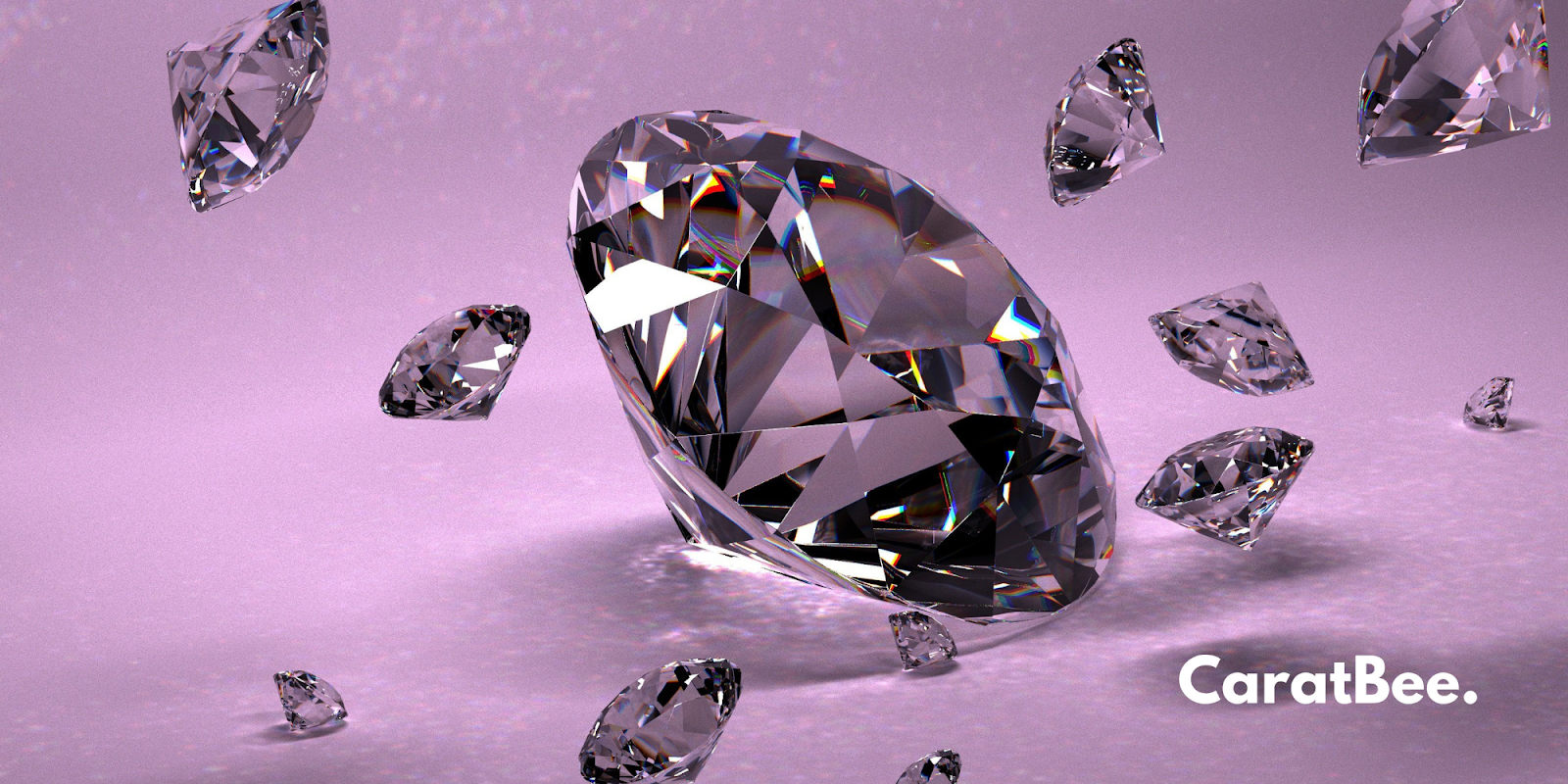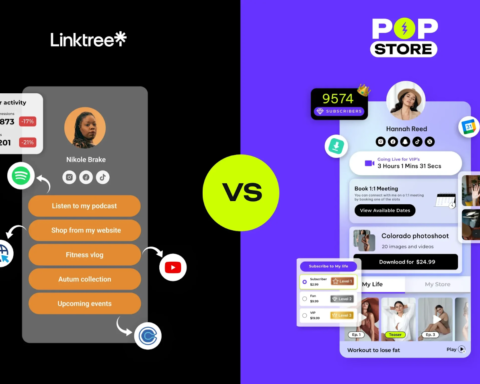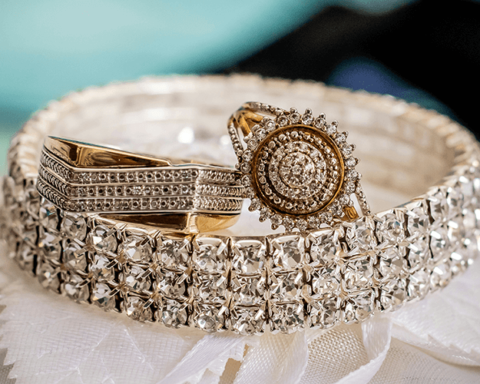Choosing an engagement ring is a big decision. It’s more than just jewelry it’s a symbol of love, commitment, and lifelong memories. One of the biggest questions many face is whether to go for a classic 1 Carat Diamond Ring or opt for Moissanite Engagement Rings, the dazzling alternative making waves in the jewelry world.
If you’re weighing your options, we’ve got you covered. In this guide, we’ll break down the key differences between moissanite and diamonds, focusing on appearance, durability, and personal values, so you can find the perfect stone for your engagement ring.
What is Moissanite?
Moissanite is a stunning gemstone that has skyrocketed in popularity. Originally discovered in 1893 by a French scientist named Henri Moissan, this mineral was first found in a meteor crater. How cool is that? While natural moissanite is incredibly rare, most of the moissanite available today is lab created, making it a sustainable and ethical choice.
Here’s what makes moissanite stand out:
- It has brilliance like no other. Moissanite refracts light so well that it produces more sparkle than a diamond.
- It’s durable, second only to diamonds on the Mohs scale of hardness.
- It’s far more affordable than diamonds, making it a wallet-friendly option.
What is a 1 Carat?
One carat has become a sweet spot for engagement rings big enough to make a statement, but not over the top. But what exactly does “1 carat” mean?
Carat refers to the weight of the gemstone, not its size. For diamonds, 1 carat weighs 0.2 grams, but the dimensions depend on the stone’s shape and cut. Interestingly, moissanite is slightly less dense than diamonds, so a 1 carat moissanite stone will appear larger than a 1 carat diamond.
This “big look for fewer bucks” factor is why 1 Carat Diamond Ring are so appealing.
Moissanite vs. Diamonds
When comparing moissanite and diamonds, it’s clear that each has its unique features. Here’s how they stack up in key areas:
1. Durability and Hardness
Durability is a big deal when it comes to rings you’ll wear every day. Diamonds are known for their unmatched hardness, scoring a 10 on the Mohs scale. This makes them extremely resistant to scratches, chips, and damage.
Moissanite isn’t far behind, with a score of 9.25. While not quite as hard as a diamond, moissanite is plenty durable for an everyday ring. You won’t have to worry about it holding up to life’s wear and tear.
2. Color and Appearance
Diamonds have a timeless, understated sparkle, but moissanite shines in its way literally.
- Brilliance (sparkle): Moissanite’s brilliance is often described as “firey.” It reflects light in a rainbowlike way, making it even more dazzling than diamonds under certain lighting. However, for some, this intense sparkle can appear unnatural compared to a diamond’s classic glimmer.
- Color Grading: Diamonds are graded on a strict scale for color, ranging from D (colorless) to Z (light yellow or brown). Moissanite, on the other hand, doesn’t follow the same system. Most moissanite stones are “near colorless,” but they may have a hint of warmth under certain light.
If you want an icy, diamondlike look, opt for colorless or near-colorless moissanite.
3. Certification and Authenticity
Diamonds usually come with a GIA or AGS certification, which ensures their quality and authenticity. This documentation details their cut, clarity, carat, and color (commonly known as the 4 Cs).
Moissanite doesn’t have the same extensive certification. However, reputable sellers like CaratBee offer high quality lab created moissanite that meets strict standards. It’s essential to buy from a trusted jeweler who provides authenticity guarantees.
4. Ethics and Sustainability
If you’re eco-conscious or want to steer clear of conflict diamonds, moissanite is a clear winner. Since most moissanite is Lab grown, it has a significantly smaller environmental footprint than mined diamonds. Lab grown diamonds are also an option if you want the “real thing” without ethical concerns.
Recent surveys show that younger generations, especially Millennials and Gen Z, are increasingly prioritizing sustainability and transparency. Choosing moissanite aligns with these values.
5. Price
Ah, the elephant in the room. Diamond prices are significantly higher than moissanite, especially for a 1 carat stone. For reference:
- A 1 carat diamond ring can vary significantly in price depending on quality.
- Lab Grown Diamond – VVS2(Clarity) – E(Color) – Excellent(Cut) :- $1,100 – $1,500
- A 1 carat Moissanite Engagement Rings usually range between
- Moissanite Diamond – VVS1(Clarity) – E(Color) – Excellent(Cut):- $727 – $1,067
For couples on a budget or those who’d rather invest in a honeymoon or a home, moissanite offers incredible value.
Why Choose a 1 Carat Moissanite Engagement Ring?
Still on the fence? Here are some compelling reasons why a 1 carat moissanite engagement ring might be your perfect fit:
- GuiltFree Glam: Enjoy a stunning, sparkly ring without worrying about where it came from.
- Bang for Your Buck: Get a larger-looking stone for a fraction of the cost.
- Low Maintenance: Moissanite’s durability and resistance to dirt make it easy to care for.
- Versatile Style: With its timeless appearance and endless settings to choose from, moissanite works beautifully in any design.
Whether you’re drawn to its affordability, ethics, or stunning looks, moissanite proves you don’t need to compromise.
Conclusion
Every engagement ring tells a story. Whether you go for a classic diamond or a modern moissanite stone, what matters most is that it represents a unique bond and commitment.
That said, moissanite is quickly becoming the go-to choice for couples who value budget friendliness, sustainability, and striking brilliance. It’s not just a “diamond alternative.” It’s an exceptional gemstone in its own right.
Want to see how 1 carat moissanite engagement rings stack up in person? Explore high-quality, brilliant cuts at CaratBee and make your love story truly sparkle.
Keep an eye for more latest news & updates on Essential Tribune!







